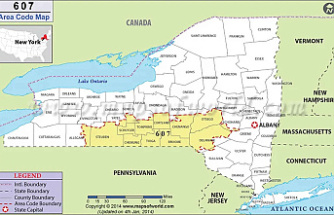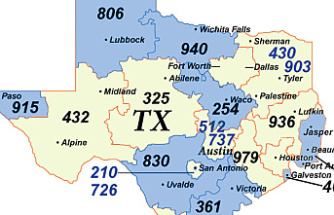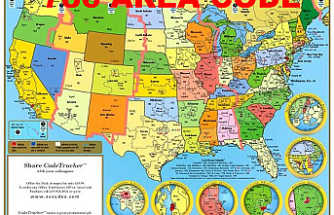Stewart Turner, a fire behavior analyst said that it was a chaotic environment out there during a briefing on Friday night at the Santa Fe National Forest, New Mexico. "We've seen extreme fire behavior throughout the day."
Some snow, scattered showers, and cooler temperatures helped firefighters who were trying to save more homes from being set on fire in northern Arizona. However, the weather was not favorable and gusts were forecast to continue through the weekend in parts of Arizona as well as New Mexico.
According to the National Interagency Fire Center, more than a dozen large fires were being tackled by firefighters across the country on Friday. Six fires that had burned more than 100 miles (258 km2) of timber and brush were tackled by over 1,600 firefighters in New Mexico and Arizona.
Friday afternoon, winds were blowing across New Mexico at speeds of up to 75 mph (120 km/h) near Colorado. This was causing dust clouds in the Rio Grande Valley and igniting fires in the Sangre de Cristo Mountains. Officials expected one fire northeast of Santa Fe would overrun multiple communities by Saturday.
The smoke wall stretched 50 miles (80km) from Santa Fe's wilderness east to the northeast, where law enforcement abruptly ordered ranchers and rural residents to evacuate.
Maggie Mulligan (68), of Ledoux was a dog breeder and her husband Brad Gombas (67), left behind nine dogs and five puppies in an SUV and an older blue Cadillac.
She claimed that her dog Liam was a "nervous wreck" when a sheriff arrived at their home Friday afternoon and ordered them to leave.
As they drove north from Las Vegas, New Mexico to a Red Cross shelter, their horses were abandoned.
"We don’t know what’s next." Mulligan stated that we don't know if it is possible to return to the horses. "There is water in their pasture, and there is hay so we will see what happens."
There was no crews or air support to the fire lines and there was an explosion in fire numbers. The situation was very dangerous, warned Chris Lopez, San Miguel County Sheriff.
Lena Atencio, her husband and their five-generation-old family have lived in the Rociada region for five generations. They moved out Friday when winds picked up. She stated that people were taking the threat very seriously.
"As a community as a whole, everyone is just pulling together and supporting each other. We just need to take care of what we need now. Then, it's in God’s hands," she added as the wind howled in Las Vegas, where the evacuees were gathered.
Another wind-whipped fire was also causing evacuations in northeastern New Mexico. Meanwhile, the headquarters of Philmont Scout Ranch and Cimarron were prepared to flee the area if necessary. Officials said that there were no scouts on the property, despite thousands of summer visitors to the scout ranch.
New Mexico Gov. Michelle Lujan Grisham issued emergency declarations in four counties to address the fires.
Arizona had seen flames rage through rural areas outside Flagstaff days before. Helicopters were able to drop water and allow authorities to assess the damage.
The sheriff's office stated that more than 100 properties had been affected by the fire, which destroyed 30 homes. After starting on Sunday, the fire erupted over 32 miles (83 kilometers) in size and forced 765 homes to be evacuated.
Jon Paxton, sheriff's spokesperson, stated that alarms were used by authorities to alert residents to evacuate evacuation areas. The alarms were muffled by howling winds.
Kelly Morgan was among the neighbors who stayed put at the edge. She said that she and her husband have been through wildfires in the past and are prepared for any winds shifting and flames racing towards their home, which they bought three years ago.
She said, "Unfortunately it's not new to us... but it is something I loathe seeing when people are affected in the way they are now." "It's sad. Although it's sad, as a community we have really come together.
Scientists have stated that wildfire is now a threat all year round in the West due to changing weather conditions, including earlier snowmelt and more rain in the fall. These problems are exacerbated by decades-long fire suppression and poor management, as well as a megadrought lasting more than 20 years that has been linked to climate change.
According to the National Weather Service, Friday's fire danger in Denver was the greatest in more than a decade due to unseasonable temperatures of the 80s, strong winds, and dry conditions. No structures were reported to have been lost, although new evacuations were ordered west of Colorado Springs.












